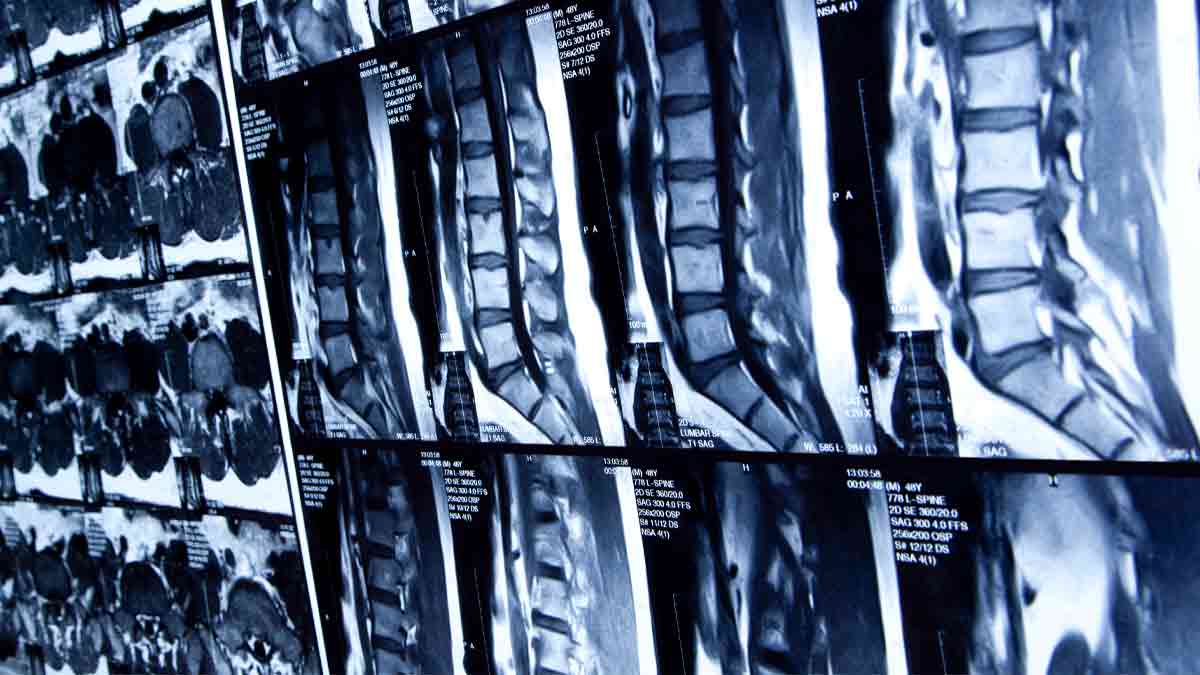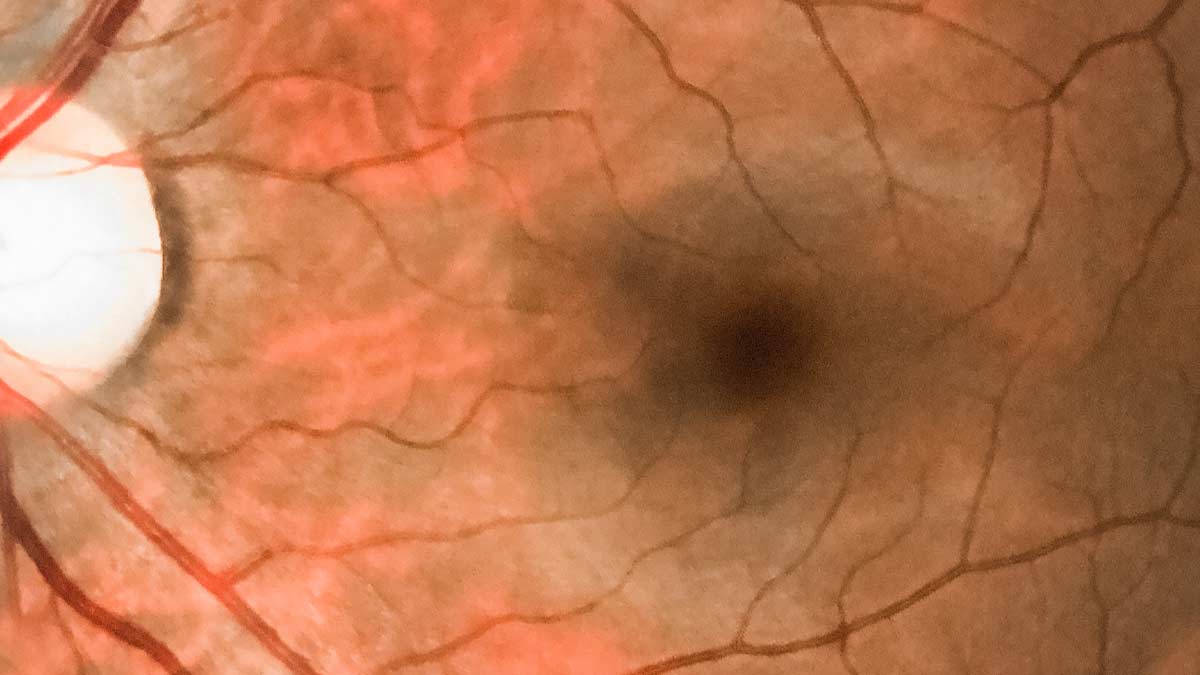Kristy Townsend, PhD, explores neural plasticity and metabolic health
The physiological workings of the nervous system beguiled Kristy Townsend, PhD, long before her college years.
“As a younger student, the brain and nervous system seemed the most mysterious to me, and I learned early on that we still had much to learn about these systems and the treatment of many neurological diseases,” says Dr. Townsend. “From middle school onward I remember wanting to study the brain and learn more about how the nervous system functions, it seemed that this would be both challenging and interesting.”
After earning her PhD in neuroscience from Boston University, Dr. Townsend participated in a postdoctoral fellowship at King’s College London to pursue her interest in leptin resistance and adipose tissue-resident immune cells.
“During my PhD at Boston University, I investigated how little brown bats were able to beneficially change fat mass prior to migration and hibernation without causing metabolic illness such as diabetes. It turned out that this species’ brains were different from mouse models, as weight gain in mice invariably led to diabetes and other metabolic complications. So we asked, ”Why does one mammal gain weight and stay healthy, while others don’t? What can we learn about their physiological differences that might have relevance for human health?’”
Then, her research with the Joslin Diabetes Center at Harvard Medical School sought to define the role of bone morphogenetic protein growth factors in appetite and adipose tissue function. This research catalyzed her interest in the relationship between neural innervation of adipose tissue.
In late 2014, Dr. Townsend joined the faculty at the University of Maine, where she devoted half of her time to research and established the Townsend Lab for Neurobiology and Energy Balance. In 2020, her team relocated to The Ohio State University College of Medicine’s Department of Neurological Surgery, where she is now a tenured associate professor.
“My lab was thrilled to join the College of Medicine and to be part of this thriving research environment that spans basic to translational to clinical research, supports and rewards innovative and creative research ideas, and allows us to engage in a collaborative and multidisciplinary environment. We strongly believe that these factors work together to allow us to be successful scientists, and also act as educators of the next generation of scientists and clinicians,” says Dr. Townsend.
The Townsend Lab
The Townsend Lab centers its work around energy balance regulation and the role of brain and peripheral nerve plasticity, adult stem cells in the brain and brain-adipose neural communication via adipose-resident nerves. In addition, their work is geared toward certain physiological mechanisms: energy expenditure, energy intake, neural connections and dietary lipids. Their previous studies have covered a range of topics spanning from hypothalamic control of appetite to energy spending activation via adipose-resident nerves.
Dr. Townsend and her team’s work can be applied to public health issues such as obesity, diabetes, metabolic syndrome, aging and neurodegenerative diseases.
“The overarching goal of our research is to develop a deeper mechanistic understanding of how the body maintains energy balance, in order to prevent and treat metabolic diseases such as obesity and diabetes, which also disproportionately affect people in aging.”
Tackling the obesity epidemic
With almost half of our population expected to have obesity by the year 2030, a slew of health problems follow in its wake, namely cardiovascular disease, cancer and diabetes.
Dr. Townsend and her team address this pervasive issue by homing in on the nervous system and its relationship with metabolism. Defining obesity and diabetes as a result of energy imbalance in the body, the team explores the nuanced relationship between the nervous system, adipose tissue and other key physiological players. Currently, the Townsend Lab is seeking to answer six questions:
- Does nerve control of fat-resident blood vessels impact cardiovascular function?
- Are there distinct functions between different types of nerve fibers in adipose tissues, and do fat-resident neural support cells help keep nerves healthy for neural communication between adipose and brain?
- Do fat-resident sensory nerves inform the brain of lipid availability, as well as how many calories to burn? In addition, how is this affected by diet?
- Can we utilize our knowledge of adult stem cells and neural plasticity to remodel the brain to regulate energy balance, as well as mitigate diabetes and obesity?
- Can interventions such as cold exposure, exercise and novel therapies mitigate adipose and peripheral neuropathy and restore healthy adipose function?
- Are subdermal nerve recordings a more sensitive, early detection of small fiber neuropathy?
“We hope to unravel the causes and consequences of metabolic diseases like obesity and diabetes and to move these findings toward translational and clinical studies to determine if interventions that impact the nervous system can mitigate the progression of these metabolic diseases and related conditions like peripheral neuropathy,” says Dr. Townsend.



